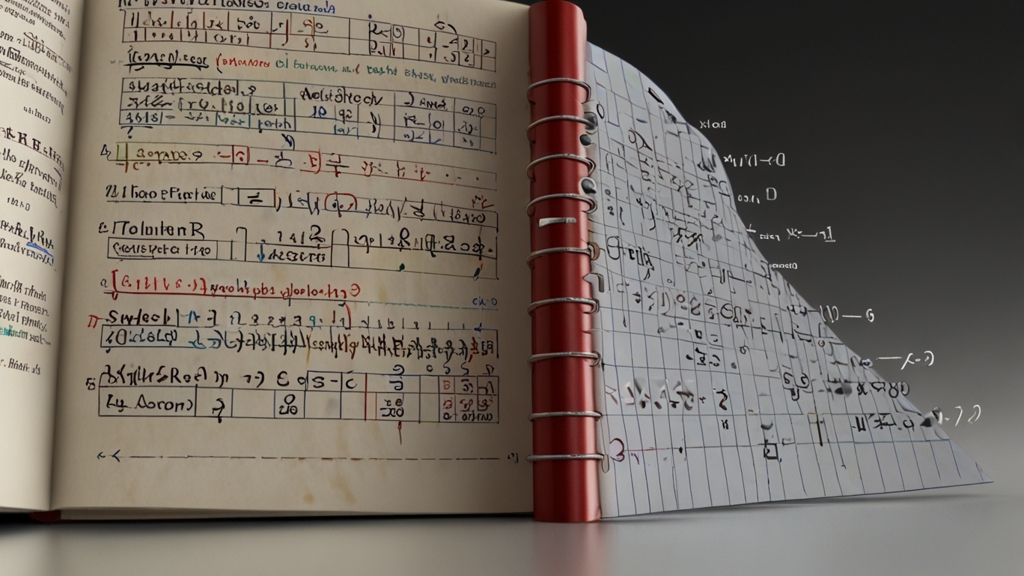Ancient Civilizations: What Their Artifacts Reveal About Us Today
Throughout history, ancient civilizations have left behind an astonishing array of artifacts that offer a window into their daily lives, belief systems, and societal structures. From the intricate pottery of the Ancient Greeks to the colossal pyramids of Egypt, these relics serve as tangible links to our human past. By studying these artifacts, we gain insights into the ingenuity, culture, and values of these early societies, shedding light on the roots of modern civilization.
The Significance of Artifacts
Artifacts are not just objects; they are storytellers, conveying the experiences, skills, and thoughts of their creators. Each artifact, be it a tool, piece of art, or an item of clothing, is a slice of history, offering clues to understanding ancient human behavior and societal development. For instance, the discovery of agricultural tools illuminates the transition from nomadic lifestyles to settled farming communities, while religious artifacts reveal spiritual practices and societal hierarchies.
"Artifacts are like bridges across time. They link us to the long-lost civilizations, showing us how similar and yet how different we are from our ancestors." - Archaeologist Dr. Emily Cole
The Influence of Egyptian Artifacts
Perhaps no ancient civilization has captivated the modern imagination as much as Ancient Egypt. The grandeur of the pyramids, the enigma of the Sphinx, and the opulence of the tombs of the pharaohs reflect a society deeply invested in spirituality and the afterlife. The discovery of the Rosetta Stone, a granodiorite stele inscribed with the same text in three scripts, has been fundamental in understanding Egyptian hieroglyphics. This breakthrough has allowed historians and linguists to decode vast amounts of Egyptian literature, offering profound insights into their cosmology, legal systems, and daily life.
"The discovery of the Rosetta Stone revolutionized our understanding of Ancient Egyptian civilization, opening up their world to us in a way that had never been possible before." - Linguist Dr. Samuel Berkman
Greek and Roman Contributions
The classical civilizations of Greece and Rome have left behind a rich legacy of art, architecture, and literature. Greek pottery and sculptures not only display artistic innovation but also provide a narrative of Greek mythology, daily life, and social customs. Similarly, Roman engineering marvels such as the aqueducts and the Colosseum stand as testaments to their advanced understanding of architecture and public utilities.
Furthermore, the political artifacts from these civilizations, like the inscriptions of Roman laws and Greek democratic processes, have laid the foundation for modern governance structures. The emphasis on citizenship, legal rights, and public service found in these artifacts continues to influence contemporary legal and political systems.
Lessons from the East
While Western civilizations dominate much of the popular discourse, the East boasts equally fascinating artifacts. Ancient Chinese ceramics, for instance, reflect not only artistic sophistication but also the philosophical doctrines of Confucianism and Daoism. The Terracotta Army, a massive collection of life-sized statues buried with China's first emperor, Qin Shi Huang, reveals much about the military organization, hierarchical order, and spiritual beliefs of the time.
Meanwhile, the ruins of the Indus Valley Civilization in present-day Pakistan and India indicate advanced urban planning, complete with drainage systems and standardized weights and measures, suggesting a highly organized and sophisticated society.
The Enduring Legacy
Ancient artifacts offer more than a glimpse into bygone eras; they serve as reminders of the continuous human endeavor to understand the world and ourselves. They reveal that, despite the passage of millennia, many human aspirations—such as the quest for knowledge, artistic expression, and societal organization—remain unchanged. By studying and preserving these artifacts, we not only honor the ingenuity of our ancestors but also enrich our understanding of the human condition.
In conclusion, ancient artifacts are invaluable treasures that bridge the past and the present. They serve as both educational tools and sources of inspiration, reminding us of the interconnectedness of human history and the enduring nature of human curiosity and creativity.








